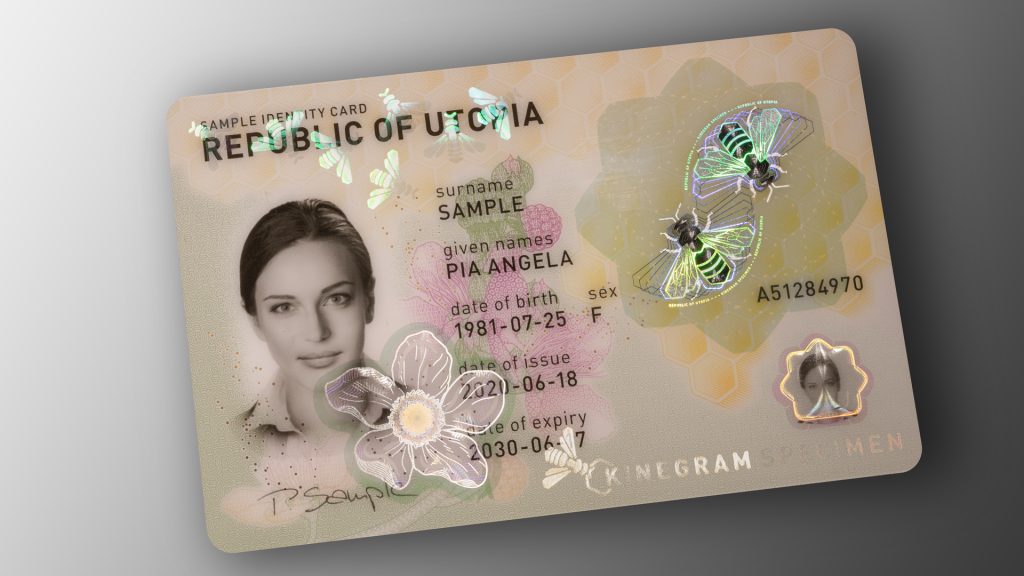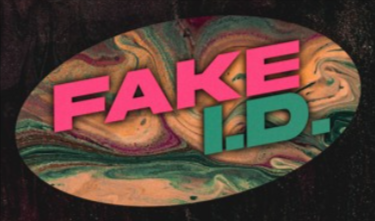In the realm of unauthorized templates for drivers license, holographic technology plays a pivotal role in creating an illusion of authenticity. These intricate and sophisticated holographic elements are designed to deceive and mimic the security features present in genuine identification documents.
The Art of Holographic Technology
Holographic technology is a mesmerizing fusion of science and artistry, creating three-dimensional images that seem to float in space. The process involves the use of laser beams to record and reconstruct light patterns, resulting in a hologram—a dynamic image that changes as the viewing angle shifts. This technology has a wide range of legitimate applications, from security features on credit cards and passports to enhancing the visual appeal of packaging and artwork.
The Use of Holograms in Unauthorized Templates
In the world of templates for drivers license, holographic technology is exploited to imitate the security features found in genuine documents. Counterfeiters use specialized equipment and techniques to recreate holographic elements that appear strikingly similar to those on official identifications. These deceptive holograms aim to fool unsuspecting individuals and institutions, raising concerns about identity fraud and public safety.
Understanding Security Holograms
Genuine identification documents often incorporate security holograms as anti-counterfeiting measures. They are challenging to replicate due to their complexity and intricate details. Security holograms may feature micro-text, 3D imagery, kinetic effects, or even covert elements visible only under specific lighting conditions. The use of these sophisticated holograms is intended to deter counterfeiters and protect the integrity of identification documents.

Spotting Deceptive Holograms
While holographic technology in unauthorized identification templates may seem convincing at first glance, several clues can help discern deceptive holograms.
- One red flag is the lack of complexity in the hologram—genuine ones typically display multiple layers of images that change when viewed from different angles. In contrast, counterfeit ones may have a simpler appearance or limited dynamic effects.
- Another indicator of a deceptive hologram is the absence of security features such as micro-text or kinetic effects. Genuine holograms often include fine micro-text that becomes blurred when magnified, while kinetic effects produce movements that are challenging to imitate.
Scrutinizing the hologram under a light source can reveal hidden elements, providing further insights into its authenticity.
Technological Advancements in Authentication
As holographic technology in unauthorized identification templates becomes more sophisticated, so do the efforts to combat its misuse. Technology-driven authentication solutions are employed to detect counterfeit holograms and identify discrepancies. Advanced algorithms and artificial intelligence are utilized to analyze holographic elements, comparing them with databases of genuine holograms to ascertain their legitimacy.
Raising Awareness and Vigilance
Raising awareness about deceptive holograms is crucial in the battle against unauthorized identification templates. By educating individuals, businesses, and institutions about the existence of counterfeit holograms and how to spot them, we can empower people to be vigilant and avoid falling victim to templates for drivers license fraud.

Leave a Comment